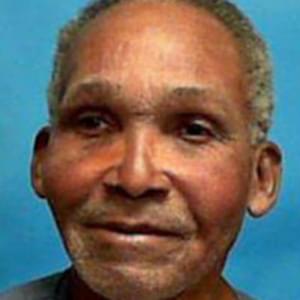In 2004 Cameron Todd Willingham was executed in Texas for murdering his children by arson. Since then, numerous forensic fire experts have concluded that the evidence of arson presented at Willingham’s trial could not support the conclusion that he caused the fire. That same year, Ernest Willis was freed from death row in Texas after the prosecution concluded that his conviction and death sentence for arson were mistaken. Texas has 742 offenders in state prisons for arson, and about 275 more defendants are convicted of the crime each year. Sen. Rodney Ellis, D-Houston, who has pushed to create a commission in Texas to explore questionable convictions, noted, “As scientific methods improve,” he said, “it’s a distinct possibility that we’re going to find more problems in the criminal justice system.” One of the experts who examined the evidence in the Willingham case and disputes the claims of arson is Gerald Hurst, a Cambridge-educated chemist, who said, “Accidental fires being turned into arsons is going on all the time.” He believes the core of the problem is that investigators – most of whom began as police officers and firefighters – have no science background.
According to the Dallas Morning News, one of the key documents that now guides fire experts in Texas and elsewhere is “National Fire Protection Association 921,” which was published in 1992, after the Willis and Willingham fires. Before this document, “investigators were taught that fire burns upward, not down; that normal fires burn more slowly and not as hot as those fueled by accelerants; and that burn holes in the floor, cracked ‘crazed’ glass and blisters in floors were signs of arson.”
The new guide, however, states “a fire sends heat and gas to the ceiling, and once they reach a critical temperature, a ‘flashover’ occurs and everything in the room will be on fire. A flashover can happen quickly – within three minutes – and can leave all the signs that investigators once saw as arson evidence.”
One of the fire officials who first investigated the Willingham fire was Corsicana assistant fire chief Douglas Fogg. He believes that the objections to the testimony that convicted Willingham is the product of “bleeding hearts that are against the death penalty.” He supports his conclusions by noting that he witnessed Willingham’s behavior and talked to others who also witnessed how Willingham acted during the battle to extinguish the fire.
(C. Hoppe, “Are Texas arsons a case of bad science? Some experts think so,” Dallas Morning News, Sept. 13, 2009). See Innocence and Arbitrariness.
Innocence
Mar 01, 2024

Death-Sentenced Philadelphia Prisoner Daniel Gwynn Exonerated After Nearly 30 Years
Innocence
Feb 05, 2024



